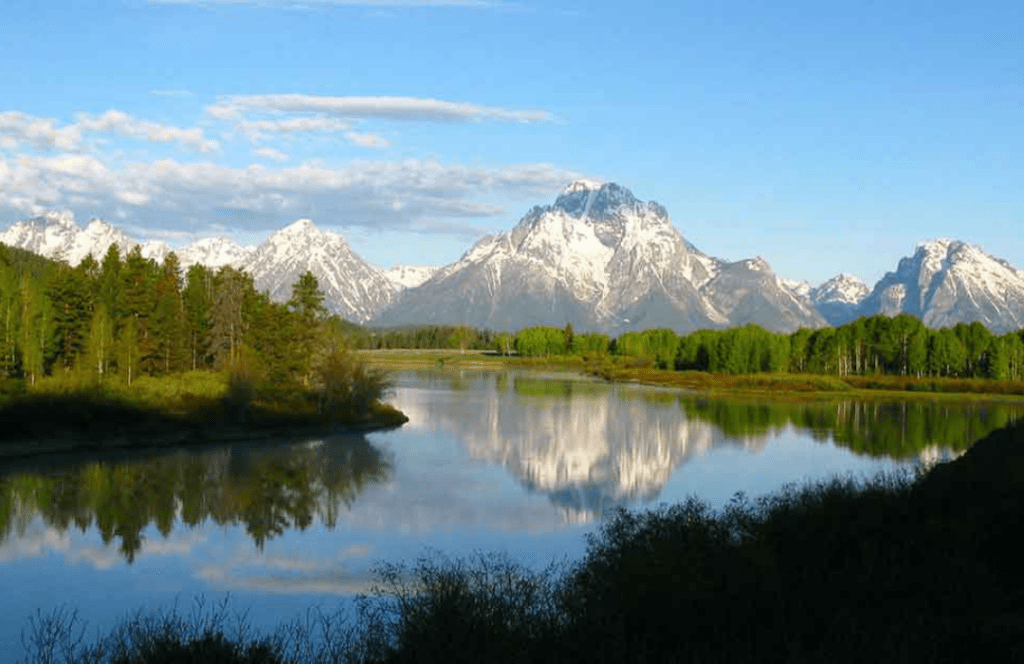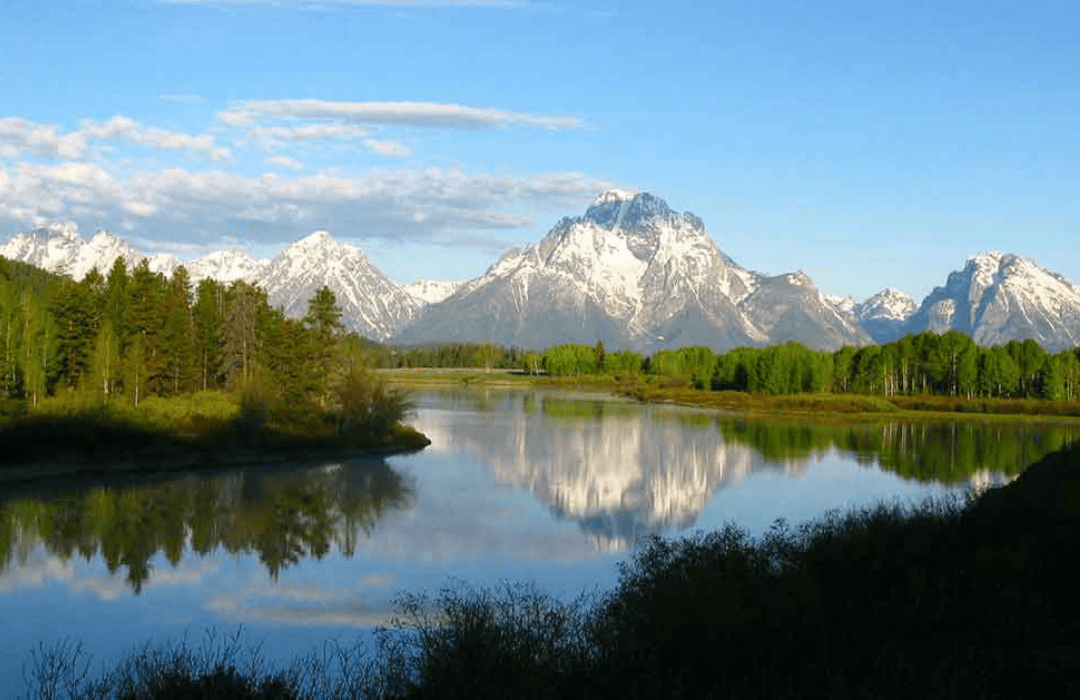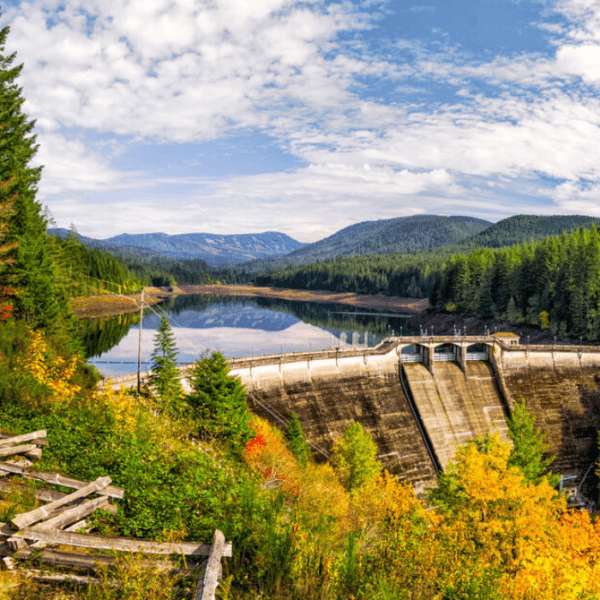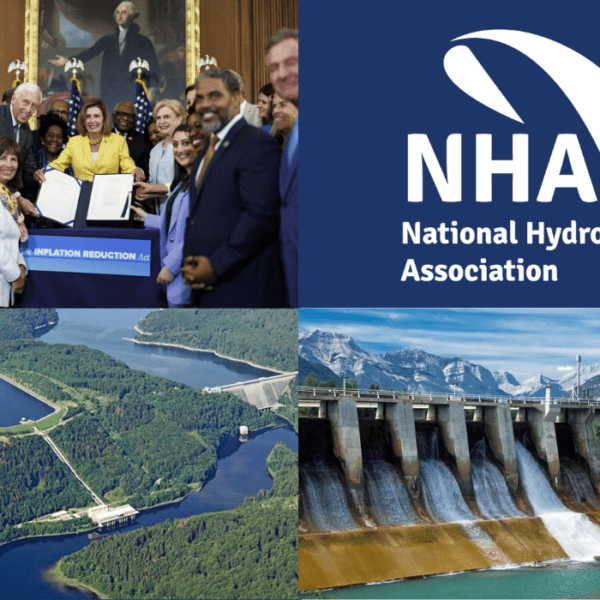While most water flows through turbines or spillways at a hydropower plant, a small portion is used to cool down equipment.
This small portion became a big issue recently on the Columbia and Snake rivers.
Thankfully, the issue appears to have finally cooled down with the issuance of final permits on September 30, 2021, but the lessons learned are worth reviewing before similar issues flow downstream to a facility near you.
Long story short — it is possible for cooling water intake structures (CWIS) at hydropower plants to impact the environment. And, regulation of a CWIS at a hydropower plant can adversely impact project operations.
EPA concluded the best way to thread this needle is on a case-by-case basis using a permit writer’s best professional judgement of the best technology available.
Background on Hydropower and Clean Water Act Section 402
Though Clean Water Act Section 401 is famous in the hydropower industry, Section 402 is more well-known nationwide. The 402 program is referred to as the National Pollutant Discharge Elimination System (NPDES or “nip-dees”).
Under this program, the Environmental Protection Agency (EPA) sets a baseline standard for discharges of pollutants into “Waters of the United States” and then states allocate pollution budgets to individual dischargers within their borders. The total allowable pollutants from the sum of all discharges must be equal to or less than the EPA baseline.
Though hydropower is considered a “discharge” under Section 401, the EPA has long relied on a 1982 decision at the D.C. Circuit Court that held water over or through a dam is a not a “discharge of pollutants.” Therefore, hydropower does not need a 402 NPDES permit for the vast majority of its operations. However, for discharges other than water through the turbine or spillway, such as grease and sumps, the EPA and states occasionally require NPDES permits, but they are limited in scope to these minor discharges, not the facility as a whole.
At least, that’s how it has always been, until the past few years.
More Recent Background
The legal history is long, but the short story is EPA needed to issue NPDES permits for the federal hydropower projects on the Lower Columbia and Snake Rivers. In addition, a 2014 rule from the EPA said NPDES permits for hydroelectric facilities need to include new regulations regarding Clean Water Act Section 316(b) – which regulates cooling water intake structures (CWIS).
Combine these two proceedings and the result was a whole bunch of meetings and comments (see National Hydropower Association comments 2018 and 2020) between regulators and the hydropower industry to figure out proper regulation of CWIS at hydropower plants.
A CWIS is most prominently featured in thermal electric powerplants, such as nuclear or fossil fuel power plants, which need substantial amounts of cooling water to regulate temperature of the equipment. In fact, cooling water for thermal power plants represents the largest use of water in the United States, even more than irrigation or drinking water.
It was no surprise then that the 2014 Rule from EPA focused primarily on thermal electric power plants. However, at the last minute and without opportunity for notice and comment, EPA decided the rule applies to hydroelectric plants, even though those projects use minimal cooling water.
The regulators held firm that the regulations apply to hydropower, despite the shaky rulemaking process. And the industry held firm that cooling water at hydropower plants is substantially different than thermal plants and deserving of a tailored regulatory touch.
The result? NPDES permit writers must use their “Best Professional Judgement” to determine the “Best Technology Available” to regulate cooling water intake structures at hydropower plants on a case-by-case basis.

Why Does This Matter?
The NPDES permits for the Lower Columbia and Snake Rivers are important to the industry as a whole because they represent the first major regulation of a CWIS at a hydropower plant through a NPDES permit.
The critical concern for EPA in this instance was protection, mitigation, and enhancement for endangered species as it relates to the CWIS. Specifically, EPA was concerned about impingement and entrainment of fish, which occurs when the velocity of water moving through the screen covering the CWIS is strong enough to pin and harm a fish. To prevent impingement and entrainment on the CWIS, EPA suggested, might require plant-wide changes to operations, instead of limited to changes to the CWIS itself.
The critical concern for industry was for EPA to accept the broader hydropower regulatory process as the “best technology” for protecting fish. All hydropower plants, federal and non-federal, are regulated wholistically to determine the optimal fish protection measures. While it is rare but possible for a hydropower plant to be designed in a way which the CWIS can harm fish, a wholistic approach to fish protection based on the facility as a whole is more efficient than two different plans – one for the facility and one just for the CWIS.
What Just Happened
Two weeks ago, EPA issued final NPDES permits to the Lower Columbia and Snake Rivers, and it looks like a win-win for the regulators and the industry. EPA included some measures that look at the facility as a whole, but also considered the NOAA Fish Passage Plan for the facilities as a “technology” under “best technology available”. The factors EPA considered to make their best professional judgement were:
- Efficiency of power generation;
- Cooling water withdrawn relative to waterbody volume or flow;
- Location of intake structures;
- Technologies used at the facility
In addition, EPA required submission of an annual report be filed on the CWIS.
What Happens Next?
Licensing and permitting managers for hydropower plants can click “file-save” on the EPA’s permits and wait until the next time this issue bubbles up. When it does, pointing to this first round of permits issued by EPA might help convince other NPDES permit writers to adopt the same wholistic approach to fish protection, such as that found in a Federal Energy Regulatory Commission (FERC) license, rather than a narrowly tailored solution to only the CWIS. Since each hydropower plant will be reviewed on a case-by-case basis, there’s no guarantee that precedent will win the day, but it can certainly help.
The National Hydropower Association’s Regulatory Affairs Committee, in conjunction with the Utility Water Act Group and the Northwest Hydroelectric Association, have leveraged their collective memberships to engage strategically with EPA over the past decade on this issue.
Participation on this committee is the best way to stay up to date on implementation of these regulations.












